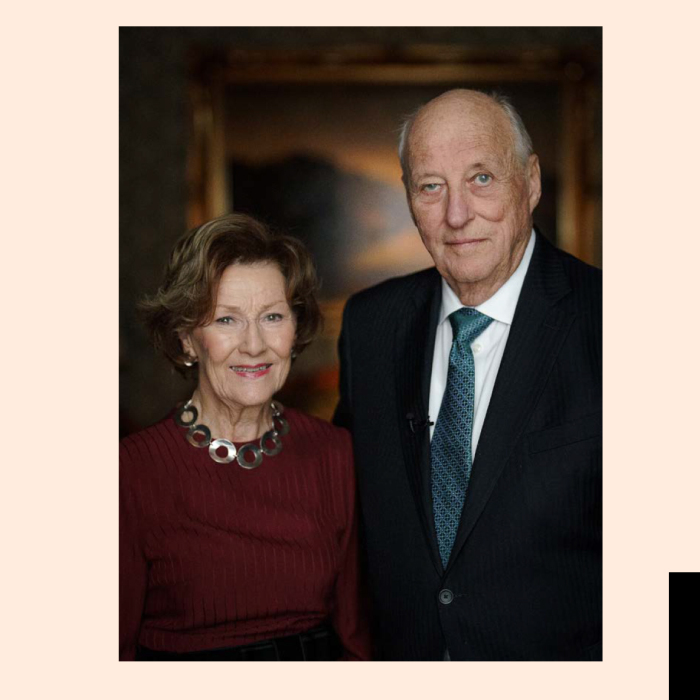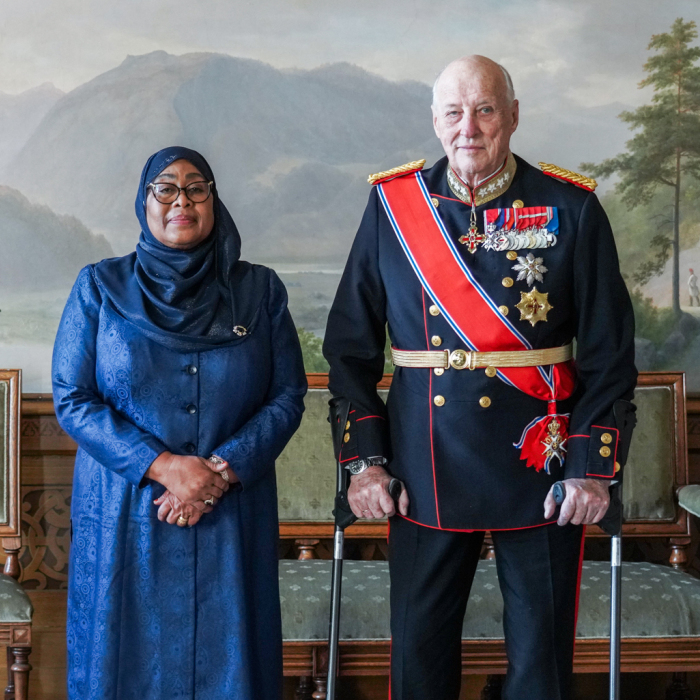Learned about sustainable agriculture
Sustainable development has been at the core of the activities of His Royal Highness The Crown Prince for the past several days. Crown Prince Haakon is in Zambia in his capacity as Goodwill Ambassador for the United Nations Development Programme (UNDP).
UNDP is working closely with the Zambian authorities to achieve the UN Millennium Development Goals and promote development in the long-term. The Crown Prince’s visit has focused in particular on efforts to ensure environmentally sustainable development, enhance the position of women and combat poverty.
Sustainable agriculture
UNDP provides support to several environmental projects whose aim is to enable vulnerable groups of the population to deal more effectively with drought and floods. On Wednesday the Crown Prince met with farmers in the small town of Kazungula to see first-hand how climate change is affecting their basis for subsistence.
A number of changes have been made to steer development in an environmentally sustainable direction. Farmers have been trained in alternative farming methods that prevent deforestation and erosion, and new types of crops and livestock have been introduced. These measures have improved food security and expanded the income base, particularly for the women of the town.
Crown Prince Haakon met with women rice farmers, and spoke with them about participation in working life and the role of women.
Ecotourism
On Thursday the Crown Prince visited Victoria Falls, a site that attracts tourists from around the world. Sustainable tourism is a growth industry in Zambia, and there is enormous potential for ecotourism. After a guided tour of Victoria Falls Park, Crown Prince Haakon met with representatives of the Toka-Leya people, who are indigenous to the area surrounding the Falls. Their discussion centred around management of natural resources, distribution, and the integration of social, cultural and economic traditions in a modern Zambia.
UNDP plays a key role in promoting such integration as well as in advancing minorities’ interests in the shaping of policy and ongoing constitutional amendments. In the afternoon, the Crown Prince met with Dr Kenneth Kaunda, the first president of Zambia, and UNDP staff.
After 2015
The deadline for achieving the UN Millennium Development Goals is set for 2015. Alongside the effort to meet these goals, UNDP is working to define a new set of development goals for the post-2015 period. These new development goals will be formulated on the basis of extensive consultative processes around the world, to ensure that “everyone” is heard, not least young people and others who will be directly affected.
Post-2015 issues were given a prominent role on the agenda of the UN General Assembly earlier this year.
About the UN Millennium Development Goals
In 2000 all the countries in the world agreed to establish common goals to eradicate poverty, and eight Millennium Development Goals (MDG) were formulated.
The general goal – MDG 1 – was to eradicate extreme poverty and hunger. The first of three targets under the goal was to halve, between 1990 and 2015, the proportion of people whose income is less than USD 1 a day.
The eight MDG were to:
- Eradicate extreme poverty and hunger
- Achieve universal primary education
- Promote gender equality and empower women
- Reduce child mortality
- Improve maternal health
- Combat HIV/AIDS, malaria and other diseases
- Ensure environmental sustainability
- Develop a global partnership for development
At the end of 2015, significant progress had been made in all eight areas, and the countries of the world decided on 17 new goals - the Sustainable Development Goals.
Current news

The Royal Court has submitted its annual report for 2023
The activities of the Royal House of Norway over the course of the year are closely aligned with the current situation in the country.

State visit from Tanzania
Her Excellency the President of the United Republic of Tanzania, Samia Suluhu Hassan, began a state visit to Norway today. Their Majesties King Harald and Queen Sonja are the hosts of the visit, and welcomed the President to Norway in a formal ceremony at the Royal Palace.

 Enlarge
Enlarge